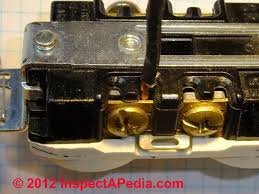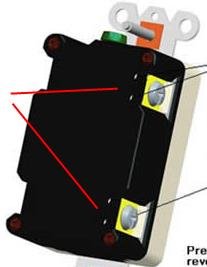Ski in NC
Technical Guru
depends whether he said all outlets had to be GFI or GFI protected.
Functionally, it's the same thing. Any outlet wired up (correctly!) downstream of a GFI is protected.
On refitting an old boat, it may be simpler and more cost effective to put GFI's in each outlet as it may be difficult to know what is wired to what. Probably not that many outlets to deal with. GFI's are not that expensive.




